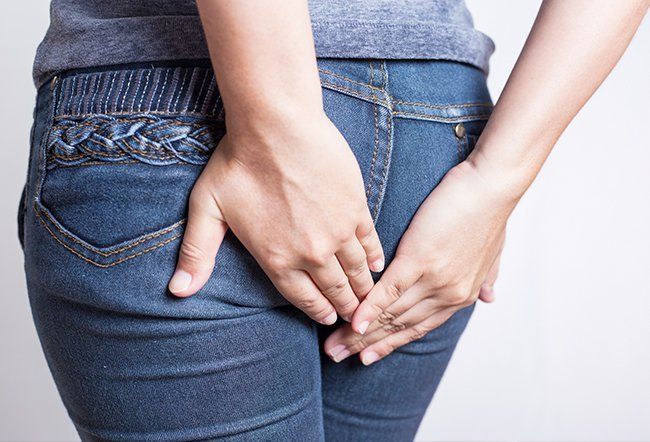Hemorrhoid disease (HD) is a common disorder, characterized by itching, swelling, pain, tenderness, bleeding and difficulty with bowel movements.
According to reports from the National Institutes of Health, HD affects approximately 5% of the U.S. adult population, or about 12.5 million adults in the United States.
Nearly half of those aged 50 and older have had symptomatic hemorrhoids.
Despite the high prevalence of hemorrhoids, Edesa Biotech indicates that it is not aware of any prescription drugs with an approved new drug application for the treatment of hemorrhoids.
Although there are commonly used prescription and over-the-counter products for hemorrhoids, none have been approved by the Food and Drug Administration (FDA) through the NDA process because they entered the market prior to 1962.
Hemorrhoid disease
The mechanism of action of these treatments is general, as with steroids, or unknown, in the case of herbal remedies, and Edesa Biotech is not aware of any published reports in medical journals on the efficacy or safety of any products currently marketed in the United States.
As a result of these factors, Edesa Biotech believes that HD remains an important unmet medical need and market opportunity.
Edesa Biotech is a biopharmaceutical company focused on the acquisition, development and commercialization of clinical-stage drugs for inflammatory and immune-mediated diseases with clear unmet medical needs. Its two lead product candidates, EB05 and EB01, are in late-stage clinical studies.
Treatment of hemorrhoid disease usually begins with conservative therapy consisting of diet and lifestyle modification, fiber supplements, sitz baths and stool softeners.
In addition to this conservative therapy, physicians may prescribe topical steroids and analgesics.
Alternatives
Due to the lack of effective prescription products, most hemorrhoid patients will use over-the-counter preparations or available prescription medications, which are similar to over-the-counter treatment, but formulated with a higher dosage.
Based on public records and reports, Edesa Biotech estimates that up to 4.0 million prescriptions are issued and more than 20 million units are sold over-the-counter each year in the United States for the treatment of hemorrhoids.
The alternatives are invasive procedures, such as rubber band ligation, injection of a sclerosing agent, electrocoagulation, phototherapy and hemorrhoidectomy.
Quality of life
According to Citius Pharmaceuticals, data indicate that, for both sexes, there is a peak in prevalence between the ages of 45 and 65, with a subsequent decline after age 65.
Caucasian populations are affected much more frequently than African Americans, and increased prevalence rates are associated with higher socioeconomic status in men, but not in women.
The development of hemorrhoids before age 20 is unusual. In addition, 50-90% of the general population in the United States, Canada, and Europe will experience hemorrhoidal disease at least once in their lifetime.
Although hemorrhoids and other anorectal diseases are not life-threatening, individual patients may suffer from agonizing symptoms that can limit social activities and negatively impact quality of life.
Topical products
None of the prescription products have received FDA approval and are only available because of the DESI program, which began decades ago following the enactment of the Kefauver-Harris Drug Amendments of 1962.
Citius Pharmaceuticals exposes that these DESI products do not have FDA-reviewed evidence of efficacy or safety, and could be withdrawn if an approved product were introduced.
There are several prescription combination topical products for the treatment of hemorrhoid disease that contain hydrocortisone in concentrations ranging from 0.5 to 3.0 percent, combined with lidocaine in concentrations ranging from 1.0 to 3.0 percent.
The various topical formulations include creams, ointments, gels, lotions, enemas, compresses and suppositories. The most commonly prescribed combination topical gel is sold as a branded generic product and contains hydrocortisone at 2.5 and lidocaine at 3 percent.

